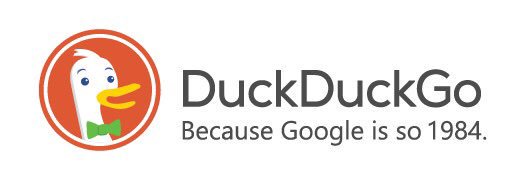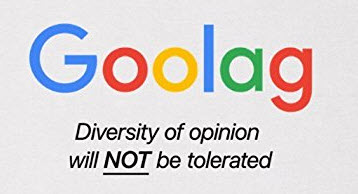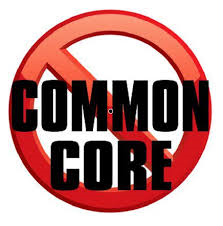Obamacare lives on in Colorado – Division of Insurance approves health insurance premiums for 2018 | Department of Regulatory Agencies
Average individual premium change across all companies: 26.7% (average requested change was 26.96%)
| Company | Average Requested Change* | Average Approved Change* |
SERFF Tracking Number** |
| Anthem (HMO Colorado) | 30.2% | 30.2% | AWLP-131075111 |
| Anthem (Rocky Mtn. Hospital & Medical Service Inc.) (off-exchange only carrier) |
33.5% | 33.5% | AWLP-131075069 |
| Bright Health Insurance Company | 15% | 27.4% | BRHP -131071516 |
| Cigna Health & Life Insurance | 41.2% | 30.9% | CCGH-131026399 |
| Denver Health Medical Plan, Inc. | 12.7% | 12.7% | DVHH-131084752 |
| Friday Health Plans (formerly Colorado Choice) | 28.9% | 29.7% | COHP-131084953 |
| Freedom Life Insurance Company of America (off-exchange only carrier) |
27% | 27.1% | USHG-131069079 |
| Kaiser Foundation Health Plan of Colorado | 24.4% | 24.4% | KFHP-131050040 |
| Rocky Mountain HMO | 12.1% | 11.5% | LEIF-131074217 |
Of course if you or your family qualifies for a tax credit you are substantially shielded from the price increase. If you are “too successful” and make “too much money” you are SOL. I’ll discuss the “subsidy cliff” another day, which occurs when your income is $1 too high and all of our tax credit goes away.
The average rate increase of small group plans (2-100 employees) is only 6.6%. I find the justification for the significant difference between the two price increases wanting (actually I find it laughable)…
Insurers have more experience working with this market and better understand how to price their products, which is why increases are typically lower than the individual market.
That’s all there is too it? What a bunch of deep thinkers over at the Division of Insurance. This open enrollment period will be #5 and the insurance companies don’t know how to price their products!? Note to DOI, I’m not dumber than a box of rocks.
Also, why is there no mention of the following facts:
- There are no PPO plans available in the individual market (with the possible exception of a single Anthem Catastrophic plan available to those under age 30)
- Plan designs are better in the small group market
- Better drug formularies are available in the small group market
- For the same level of plans (bronze/silver/gold) not only are plan designs better, they cost LESS
The only realistic explanation is that the utilization rate is much higher in the individual market than the small group market. Yet, that isn’t even mentioned. However, the DOI does devote a paragraph as to how financial assistance will shield many from the rate increases…
Financial Assistance
The premiums released today do not take into account the federal tax credits, known as Advance Premium Tax Credits (APTC), which help to make premiums more affordable. APTC is only available for plans purchased through the state’s health insurance exchange, Connect for Health Colorado. Eligibility for the APTC depends on a consumer’s household income in relation to the federal poverty level. The tax credit itself is calculated based on income, age and the cost of insurance in a community. For more information about APTC, contact Connect for Health Colorado at connectforhealthco.com or 855-752-6749.
Of course, no one in government gives a damn about the insured that make too much to receive a tax credit (400% of the Federal Poverty Level). Believe me, these people live pay check to pay check too.
And finally the DOI recommends…
Consumers who have questions about their current plans should contact their insurance carrier, Connect for Health Colorado, their insurance broker, or their employer.
If you have a broker, why don’t you ask him or her how their commission have been trending. Ask them how either Connect for Health or the DOI has assisted in making sure that brokers can make a living in 2018.









